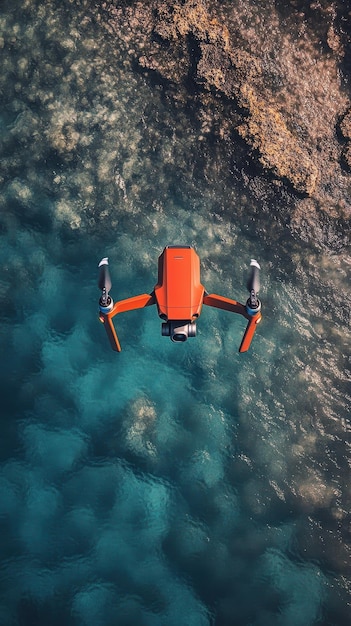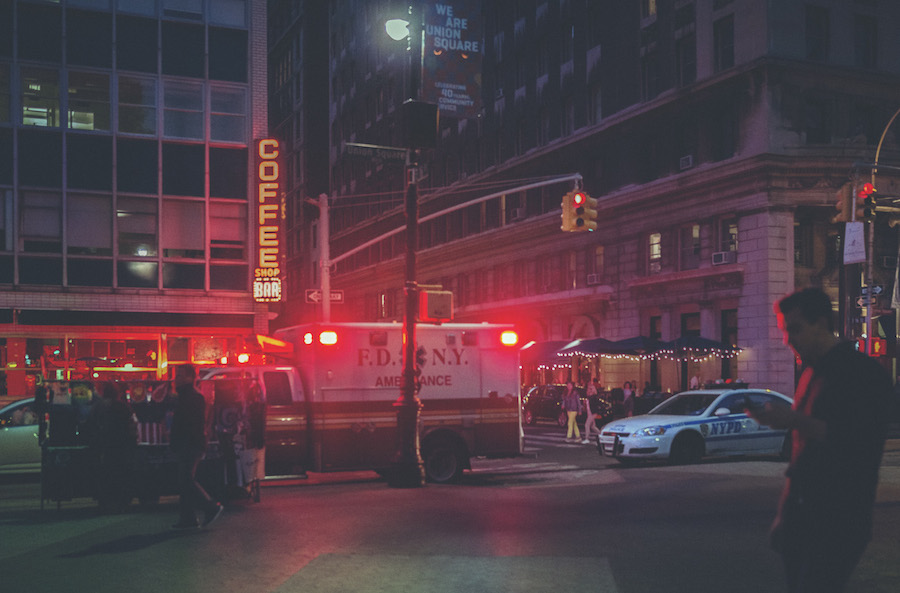“DSLR Travel Photography: Tips and Essential Equipment for Capturing the World
Related Articles DSLR Travel Photography: Tips and Essential Equipment for Capturing the World
- Unveiling Earth’s Majesty: Breathtaking 4K Aerial Travel Destinations
- 4K Travel Time-Lapse Locations: Capturing The World’s Beauty In Motion
- 4K Lightweight Camera Gear: The Ultimate Guide To Mobile Filmmaking
- The Ultimate Guide To 4K Cameras For Travel Videography
- 4K Aerial Travel Shots Vlog Tricks
Introduction
With great enthusiasm, we dive into an engaging topic: DSLR Travel Photography: Tips and Essential Equipment for Capturing the World. Together, we’ll uncover insights that inform, inspire, and open new perspectives for our readers.
Table of Content
DSLR Travel Photography: Tips and Essential Equipment for Capturing the World

Travel photography is more than just taking snapshots; it’s about capturing the essence of a place, telling a story, and preserving memories that will last a lifetime. A DSLR camera can be your best companion on this journey, offering the versatility and image quality needed to capture stunning travel photos. However, knowing how to use your DSLR effectively and having the right equipment is crucial. This guide will provide you with essential tips and equipment recommendations to elevate your travel photography.
I. Mastering Your DSLR for Travel Photography
-
Understand Your Camera’s Settings:
- Aperture: Controls the depth of field, affecting how much of the image is in focus. Use a wide aperture (e.g., f/1.8, f/2.8) for shallow depth of field, ideal for portraits and isolating subjects. Use a narrow aperture (e.g., f/8, f/11) for landscapes to keep everything sharp.
- Shutter Speed: Controls the duration the camera’s sensor is exposed to light. Use fast shutter speeds (e.g., 1/500s, 1/1000s) to freeze motion, and slow shutter speeds (e.g., 1/30s, 1/2s) to blur motion or capture more light in low-light situations.
- ISO: Controls the sensitivity of the camera’s sensor to light. Use low ISO (e.g., ISO 100, ISO 200) in bright conditions to minimize noise, and higher ISO (e.g., ISO 800, ISO 1600) in low-light situations, but be mindful of increased noise.
- Shooting Modes: Experiment with aperture priority (Av or A), shutter priority (Tv or S), and manual (M) modes to gain more control over your images.
-
Shoot in RAW Format:
- RAW files capture all the data from the camera’s sensor, providing more flexibility in post-processing. You can adjust white balance, exposure, and other settings without sacrificing image quality.
-
Learn Composition Techniques:
- Rule of Thirds: Divide your frame into nine equal parts with two horizontal and two vertical lines. Place key elements along these lines or at their intersections to create a balanced and visually appealing composition.
- Leading Lines: Use lines (roads, rivers, fences) to guide the viewer’s eye through the image and towards the main subject.
- Symmetry and Patterns: Look for symmetrical scenes or repeating patterns to create visually striking images.
- Framing: Use elements in the foreground (trees, arches, doorways) to frame your subject and add depth to the image.
-
Focusing Techniques:
- Autofocus Modes: Understand the different autofocus modes (single, continuous, automatic) and choose the appropriate mode for your subject.
- Focus Points: Select the appropriate focus point to ensure your subject is sharp.
- Manual Focus: In challenging situations (low light, low contrast), use manual focus for precise control.
-
Master Exposure:
- Exposure Compensation: Use exposure compensation to brighten or darken your images when the camera’s meter is fooled by bright or dark scenes.
- Histograms: Learn to read histograms to ensure your images are properly exposed and avoid clipping highlights or shadows.
-
White Balance:
- Understand White Balance: White balance adjusts the color temperature of your images to ensure colors are accurate.
- Use Custom White Balance: Use custom white balance settings to match the lighting conditions and ensure accurate colors.
-
Practice Makes Perfect:
- Practice Regularly: The more you practice, the more comfortable you will become with your camera and its settings.
- Experiment: Don’t be afraid to experiment with different settings and techniques to find your own style.
II. Essential Equipment for Travel Photography
-
DSLR Camera Body:
- Choose a Lightweight and Durable Body: Look for a DSLR body that is relatively lightweight and durable to withstand the rigors of travel.
- Consider a Crop Sensor or Full Frame: Crop sensor cameras are more affordable and compact, while full-frame cameras offer better image quality and low-light performance.
-
Versatile Lenses:
- Zoom Lens (24-70mm or 24-105mm): A versatile zoom lens is a must-have for travel photography, covering a wide range of focal lengths for various subjects.
- Wide-Angle Lens (16-35mm): A wide-angle lens is ideal for capturing landscapes, architecture, and interiors.
- Telephoto Lens (70-200mm or 100-400mm): A telephoto lens is useful for capturing distant subjects, wildlife, and details.
- Prime Lens (35mm or 50mm): A prime lens is a great option for street photography, portraits, and low-light situations. They are often smaller and lighter than zoom lenses.
-
Tripod:
- Choose a Lightweight and Compact Tripod: A tripod is essential for landscape photography, low-light photography, and long exposures. Look for a lightweight and compact tripod that is easy to carry.
-
Filters:
- Polarizing Filter: Reduces glare and reflections, enhances colors, and darkens skies.
- Neutral Density (ND) Filter: Reduces the amount of light entering the lens, allowing you to use slower shutter speeds or wider apertures in bright conditions.
- Graduated Neutral Density (GND) Filter: Darkens the sky while keeping the foreground properly exposed.
-
Camera Bag:
- Choose a Comfortable and Secure Camera Bag: A camera bag is essential for protecting your equipment and carrying it comfortably. Look for a bag that is well-padded, waterproof, and has enough space for all your gear.
-
Extra Batteries and Memory Cards:
- Carry Extra Batteries: Always carry extra batteries to avoid running out of power during your travels.
- Carry Extra Memory Cards: Always carry extra memory cards to avoid running out of space for your photos.
-
Cleaning Supplies:
- Lens Cleaning Kit: Keep your lenses clean with a lens cleaning kit, including a microfiber cloth, lens cleaning solution, and a blower.
-
Remote Shutter Release:
- Avoid Camera Shake: A remote shutter release allows you to trigger the camera without touching it, preventing camera shake during long exposures.
-
External Hard Drive:
- Back Up Your Photos: Back up your photos regularly to an external hard drive to protect them from loss or damage.
III. Travel Photography Tips for Capturing Stunning Images
-
Plan Your Shoots:
- Research Your Destination: Research your destination beforehand to identify interesting locations, landmarks, and cultural events.
- Scout Locations: If possible, scout locations in advance to determine the best time of day to shoot.
-
Shoot During the Golden Hours:
- Golden Hours: The golden hours (the hour after sunrise and the hour before sunset) offer soft, warm light that is ideal for photography.
-
Embrace the Blue Hour:
- Blue Hour: The blue hour (the hour before sunrise and the hour after sunset) offers cool, soft light that is ideal for capturing cityscapes and landscapes.
-
Interact with Locals:
- Capture Authentic Moments: Interact with locals to capture authentic moments and learn about their culture.
- Ask for Permission: Always ask for permission before photographing people, especially in sensitive situations.
-
Tell a Story:
- Capture the Essence of a Place: Think about the story you want to tell and capture images that convey the essence of a place.
- Include People: Include people in your photos to add context and emotion.
-
Be Patient:
- Wait for the Right Moment: Be patient and wait for the right moment to capture the perfect shot.
- Don’t Rush: Don’t rush your shots; take your time to compose and focus carefully.
-
Respect the Environment:
- Leave No Trace: Leave no trace behind you and respect the environment.
- Follow Local Laws: Follow local laws and regulations.
-
Be Prepared for All Weather Conditions:
- Protect Your Gear: Be prepared for all weather conditions and protect your gear from rain, dust, and extreme temperatures.
-
Learn Basic Post-Processing:
- Enhance Your Images: Learn basic post-processing techniques to enhance your images and correct any flaws.
- Use Software: Use software like Adobe Lightroom or Capture One to adjust exposure, white balance, contrast, and colors.
-
Have Fun:
- Enjoy the Experience: Travel photography should be enjoyable. Relax, have fun, and capture memories that will last a lifetime.
IV. Conclusion
Travel photography with a DSLR can be an incredibly rewarding experience. By understanding your camera’s settings, mastering composition techniques, and having the right equipment, you can capture stunning images that tell a story and preserve your travel memories. Remember to plan your shoots, be patient, respect the environment, and most importantly, have fun! With practice and dedication, you can elevate your travel photography and capture the world in all its beauty.




